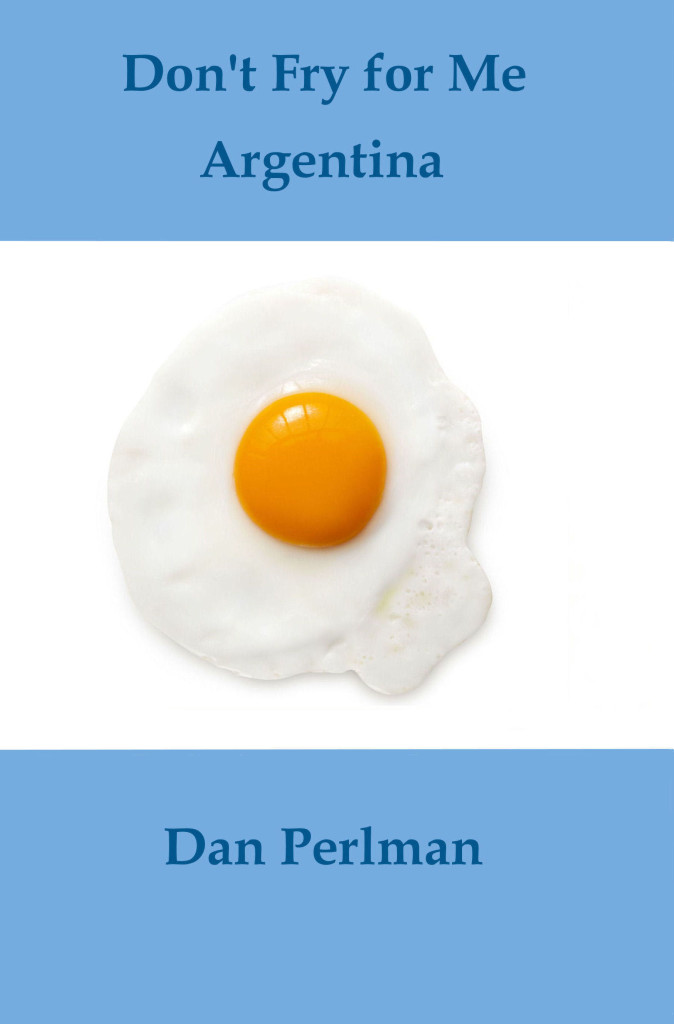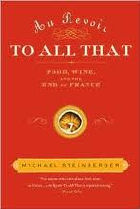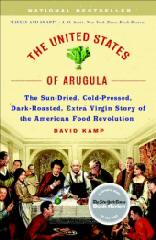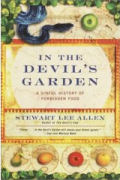Cooking the Books #2
A round-up of some of my recent food reading.
Pollan, Michael (April 28, 2009) In Defense of Food: An Eater’s Manifesto
Setting aside that in some ways this is another book with more of the same diet advice that’s been published in countless books, the most interesting part of this is that not only is it well written and engaging without being preachy, but I like that it really explores how statistics and media messages have been manipulated by corporations and government agencies with agendas that aren’t in our best interests. For those who are Michael Pollan fans, this is a must read.
Davis, Michelle & Holloway, Matt (October 7, 2014) Thug Kitchen: The Official Cookbook: Eat Like You Give a F*ck
Yawn. Really, just yawn. Look, I don’t care about people using curse words, but these folks don’t even know how to use them. They’re trying for some weird version of “street cred” and they come across as completely inept at it. It’s as if they wrote the book in a final version with every i dotted and t crossed and all the grammar perfect, and then said, “hey, let’s do a global search and replace on some words like ‘things’ to change it to ‘shit’, and everywhere we use the word ‘delicious’ let’s add in the word ‘fucking’ in front of it”. It comes across as completely formulaic and forced (as it does on their website), and it’s no surprise that they were recently “outed” as a couple of whitebread yuppies just trying to make a name for themselves. It’s a shame, too, because they actually have some decent recipes on the site and in the book, but the quality of those, and the underlying message for healthy eating, just get lost in a big motherfucking pile of word shit. (See, annoying. It doesn’t work when I do it either.)
Orkin, Ivan & Ying, Chris (October 29, 2013) Ivan Ramen: Love, Obsession, and Recipes from Tokyo’s Most Unlikely Noodle Joint
Most people will probably head to this book for the recipes. After all, why not learn how to make ramen from a westerner who took the time and effort to learn everything he could about the subject and then interpret it and reinterpret it for western palates? And, the recipes sound great, are well written, albeit at times a bit complicated or at least time consuming. But, for me, it was the story of how Ivan Orkin dove into his life and developed his passion for ramen that made the book. Completely captivating.
Sokolov, Raymond (February 11, 2014) Steal the Menu: A Memoir of Forty Years in Food
Part of my introduction to the world of food came through the brilliantly researched and well written articles by Raymond Sokolov in my monthly subscription to Natural History magazine when I was growing up. Later, I would snag a friend’s daily Wall Street Journal after she finished with it, purely to read his restaurant reviews and food writing. His Saucier’s Apprentice and Cook’s Canon were long ago staples of my bookshelf. This book just continues the saga, with an autobiographical look back at how it all happened, along with an insightful look at where food trends are headed in today’s culinary world. For anyone interested in food history, this book is a must to pick up and enjoy.



 The current darling of the die-hard foodie set is Sandor Ellix Katz and his books on fermentation. This one came to my attention first, if I recall correctly through Aki and Alex over at
The current darling of the die-hard foodie set is Sandor Ellix Katz and his books on fermentation. This one came to my attention first, if I recall correctly through Aki and Alex over at 
 I truly don’t remember how this one came to my attention. I’m sure it was in some article I was reading about the history of American cooking that probably mentioned it, and I found this
I truly don’t remember how this one came to my attention. I’m sure it was in some article I was reading about the history of American cooking that probably mentioned it, and I found this 






 No question I’m late to the party on this one, but then, it wasn’t as if copies of Michael Steinberger’s Au Revoir to All That are just laying around in bookstores in Buenos Aires. Were it not for my eReader, I doubt I’d yet have latched on to it. But, I did get around to it this last week. And I’m afraid I’m going to be the curmudgeon at the party. The book has received glowing reviews from virtually every person who has written one. And, I don’t get it.
No question I’m late to the party on this one, but then, it wasn’t as if copies of Michael Steinberger’s Au Revoir to All That are just laying around in bookstores in Buenos Aires. Were it not for my eReader, I doubt I’d yet have latched on to it. But, I did get around to it this last week. And I’m afraid I’m going to be the curmudgeon at the party. The book has received glowing reviews from virtually every person who has written one. And, I don’t get it. Buenos Aires – …The United States of Arugula, by
Buenos Aires – …The United States of Arugula, by  Baltimore – I just finished the book In the Devil’s Garden: A Sinful History of Forbidden Food by Steward Lee Allen (Ballantine Books, 2002). I love stuff like this. History, speculation, romance, and a bit of comedic relief, and it’s all about my favorite topic – food! The book is an exploration into food taboos, both current and historical, and a look at where they came from, and the results of varioius laws, edicts, codes, and other such attempts to regulate their ingestion.
Baltimore – I just finished the book In the Devil’s Garden: A Sinful History of Forbidden Food by Steward Lee Allen (Ballantine Books, 2002). I love stuff like this. History, speculation, romance, and a bit of comedic relief, and it’s all about my favorite topic – food! The book is an exploration into food taboos, both current and historical, and a look at where they came from, and the results of varioius laws, edicts, codes, and other such attempts to regulate their ingestion.